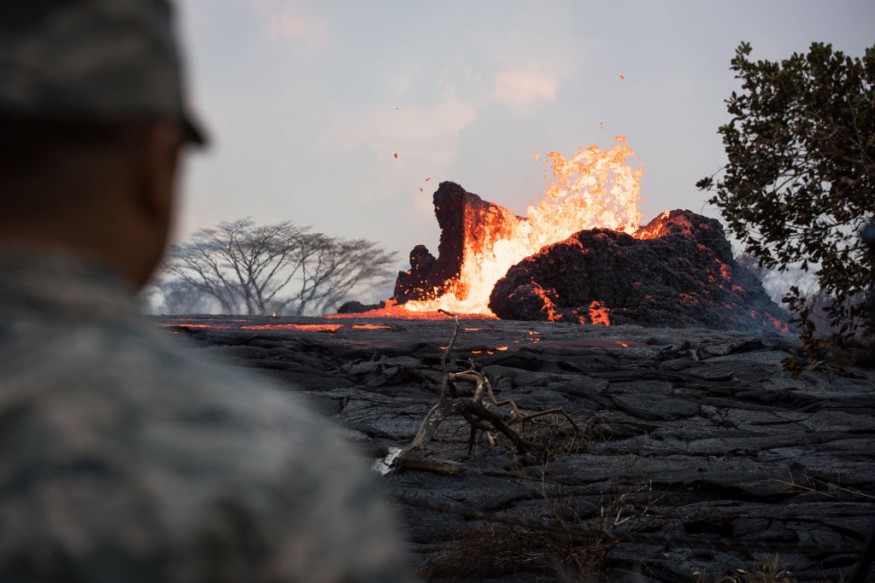Placing an ear to the Kīlauea volcano in Hawaii has allowed scientists to track the temperature of magma and the migration of volcanic gasses as they bubble to the surface.
The sounds of sloshing lava, as specified in a ScienceAlert report, are music to the ears of a volcanologist. More so, the reverberating belches and burps can help exhibit what's going on deep within the belly of a volcano.
The sounds of sloshing lava are music to a volcanologist's ears. The reverberating belches and burps can help reveal what's going on deep within a volcano's belly.https://t.co/hQaHB63Wtz#TECH #Technology #technews #programming #software
— HATINC 🇵🇸 (@HatProgrammers) June 4, 2022
The findings have shown something unexpected about the famous 2018 eruption of the said volcano, described in a National Park Service report.
According to Leif Karistrom, an earth scientist from the University of Oregon, it is a new view into the dynamics of a famous volcano.
The earth scientist added that people could stand close to the lava lake rim and visit the lava flows. However, beneath the surface, there was a lot more going on.

10-Year Eruption
For a decade, from 2008 to 2018, the Kīlauea volcano experienced gentle lava eruptions on an almost continuous basis.
Then, suddenly, two dozen vents on top of the east rift zone exploded, shooting into the air, fountains of molten rock into the air.
The eruption was followed by many years of silence, until in 2021, sometime in September, when the oozing of lava started anew.
Kīlauea is frequently said to be the world's most active volcano, and much of that fussiness comes from within the Halema'uma'u crater. This crater is sitting on top of the volcano, filled with a lake of lava.
Seismic Sensors Positioned Around the Crater
The lava lake is believed to be constantly topped up by an underground chamber of magma. However, how much deeper dynamics are working remains largely unknown.
By putting seismic sensors around the crater, scientists hope to penetrate the boiling hot abyss. These researchers use the technique to listen to the tone a half-filled bottle is making when it's tapped.
As with the bottle, the vibrations that ring through the volcano rely on its contents. Josh Crozier, a geophysicist, explained that once something physically disturbs the magma chamber or the lava lake, it sloshes around, and seismometers can be measured.
He also said that they detected tens of thousands of such events over this decade-long eruption. They're integrating this data with a physics-based process model that creates the signals.
The 'Tune' of Kīlauea
Researchers of the study published in Science Advances are not sure what the noises mean. However, they hope to learn the so-called "tune" of Kīlauea so they can better forecast when the volcano will "explosively erupt again."
Minus taking any direct measurements of the lava lake itself, the researchers have been able to track bubbling gas and changing temperatures over the period of eight active years.
Strangely enough, right before the eruption in 2018, the authors did not notice any indications of magma influx into the lava lake.
Both the lava's chemistry and temperature were largely consistent in 2018. Nothing changed dramatically before the eruption.
Meaning, that an influx of magma potentially was not what stimulated the outbursts, as researchers once thought.
Related information about volcanoes is shown on National Geographic's YouTube video below:
RELATED ARTICLE: Kīlauea Caldera Survey Helps Check Possible Changes in Volcano's Gas Emissions After 2018 Eruption
Check out more news and information on Volcanoes in Science Times.











